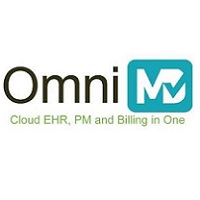 By OmniMD
By OmniMD
Twitter: @omnimd
2017 is fast approaching, and so is the Merit-based Incentive Payment System (MIPS), the new Medicare payment system for physicians and other clinicians.
CMS estimates that more than 90% of eligible clinicians will participate in MIPS-one of the two payment paths set up under MACRA (Medicare Access and CHIP Reauthorization Act of 2015).
Here are three ways that practices and hospitals can prepare:
Understand the financial impact of the new system:
- MIPS penalties and bonuses start at 4% in 2017 and will grow to 9% in 2022, with additional money given to exceptionally performing clinicians.
- That adds up to an 18% to 28% payment swing between the best- and worst-performing clinicians in 2022.
- The economic impact will be felt by hospitals and health systems, since many hospitals employ physicians.
Make decisions on how to participate:
- For instance, 2017 is a transition year to give providers time to adjust to the new reporting requirement and MACRA offers a “pick your pace” option.
- By reporting at least some data, such as one quality measure, clinicians will avoid a 4% penalty that will impact revenues in 2019.
- Physicians will also need to decide whether to report quality data as individuals or a part of a group practice.
Start slowly and build from there:
- You don’t need to make huge investments in data and analytics right away, said Evan Benjamin, M.D., chief quality officer at Baystate Health.
- Focus first on creating a physician-hospital network that engages clinicians in improvement activities, he recommended.
This article was originally published on OmniMD and is republished here with permission.
